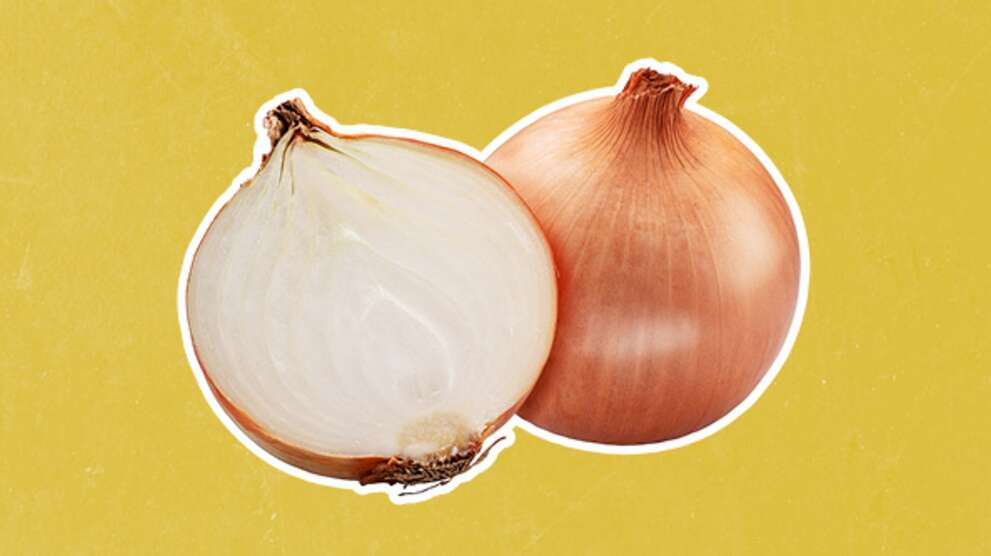
Wraps – simple applications
Wraps are beneficial and offer relief from acute or chronic illnesses. They provide comfort and relaxation and thus play an important role in health promotion. They are a gentle, effective, supportive and calming treatment method.
Areas of application
Overview by type and ingredients
Onions, curd cheese or potatoes, many things from the kitchen can be used for soothing or pain-relieving compresses. There are also compresses that only work with heat or cold. Here you can find out which compress you can use to treat which ailment.
Effect and areas of application
As a rule, a wrap comprises three cloths:
- An inner cloth (linen, silk, cotton, gauze wrap)
- A middle cloth (cotton, flannel)
- An outer cloth (wool, molleton, bath towel)
Only use fabrics such as cotton, linen, silk or wool as wraps. Synthetic fibres and airtight materials such as plastic or rubber are unsuitable as they prevent the skin from breathing and cause heat build-up in the body.
Some points to bear in mind before using a wrap:
- What are the needs of the person requiring treatment?
- What are their symptoms?
- Which wrap is best for their ailment?
- What material is needed?
Once you have found a suitable wrap, prepare the application according to the instructions. Provide a calm setting. Ensure the material is properly stored. Apply the wraps firmly and avoid creases. Work quickly to avoid hypothermia but don’t be hectic in your work. If the situation requires, stay with the person needing treatment. The first applications must be monitored the most. Allow the treated person to rest for at least half an hour after applying the wrap. With particularly sensitive people, or to assist with heat retention, rub the skin with a natural oil afterwards.
The effect of the wrap can start after several minutes, but often only occurs after repeated application. If this is not the case, try something else. As a rule, one application per day is sufficient. This should be done over several days (exception: acute ailments such as fever, inflammation, sprains, etc.).
Contact a specialist if the desired effect does not occur, if the symptoms worsen or if you are unsure.
Dispose of the material with your regular waste.
Cold wraps relieve acute pain and are primarily used to treat inflammation, contusions, strains, bruises and sprains. They also help with burns, sunburn and acute joint problems. Cold wraps lower high fever.
Please note: the wraps are placed very moist on the affected area. Never place cold wraps on cool skin.
Must not be used for:
- A cold, freezing person
- Circulatory and sensory disorders
- Cystitis, kidney inflammation
- Swelling of the jaw, sinusitis
Warm wraps help with chronic joint pain and with muscle tension. Warm wraps dilate the blood vessels and thus relieve colic and cramps, digestive problems and flatulence. Through their antispasmodic and secretion-enhancing effect, warm wraps are also used for cystitis, coughs/bronchitis, swelling of the jaw-sinusitis and earache. They also help with chronic rheumatic joint pain and neuralgia. The effect of the hot and tempered compresses can be supported with raw wool.
Please note: only use warm wraps that are slightly damp and never apply them for acute inflammation, such as swollen joints.
Must not be used for:
- Cardiovascular problems
- Diarrhoea with fever
- Fever
- Inflammation of the musculoskeletal system
- Acute abdomen, herniated disc
- Infants or the elderly
- People with paralysis and sensory disorders
Tempered wraps are a mild application at body temperature and can usually be left for a longer period of time. Tempered application helps with headaches, sore throat, ear pain and neuralgia, among other things. They are an ideal application for babies, children and the elderly. Tempered wraps can be supported with raw wool.
Like all naturopathic methods, wraps can have both positive and negative effects and trigger different reactions. It is therefore important not to apply the first wrap overnight.
The patient can tell whether a wrap is good or not. As soon as a wrap feels uncomfortable, remove immediately. Improper use can have undesirable side-effects. If there is no improvement after repeated wrap applications, consult a doctor.







